- The ancient Roman water system is considered to be one of the most glorious wonders of ancient history
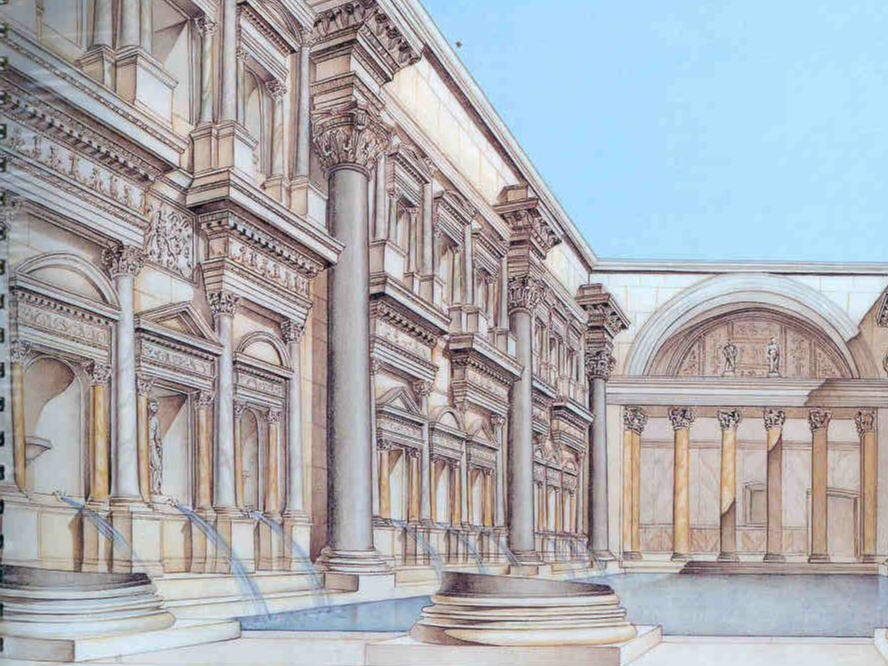
Ancient Rome is famous for its complete construction of water diversion channels. The ancient Roman water system was considered one of the most glorious wonders of ancient history. Wherever the Roman city expanded was where the diversion channel went, it almost became a sign of the expansion of the Roman Empire. Ancient Roman engineers built channels in any place where stable mountain spring water or groundwater could be supplied.
The construction of the aqueduct in ancient Rome was not primarily to provide drinking water for residents or to improve the quality of hygiene, but to provide escape routes or military needs. Of course, other functions are also available, such as providing household water, garden watering, water show, polishing, fountain landscape, etc.
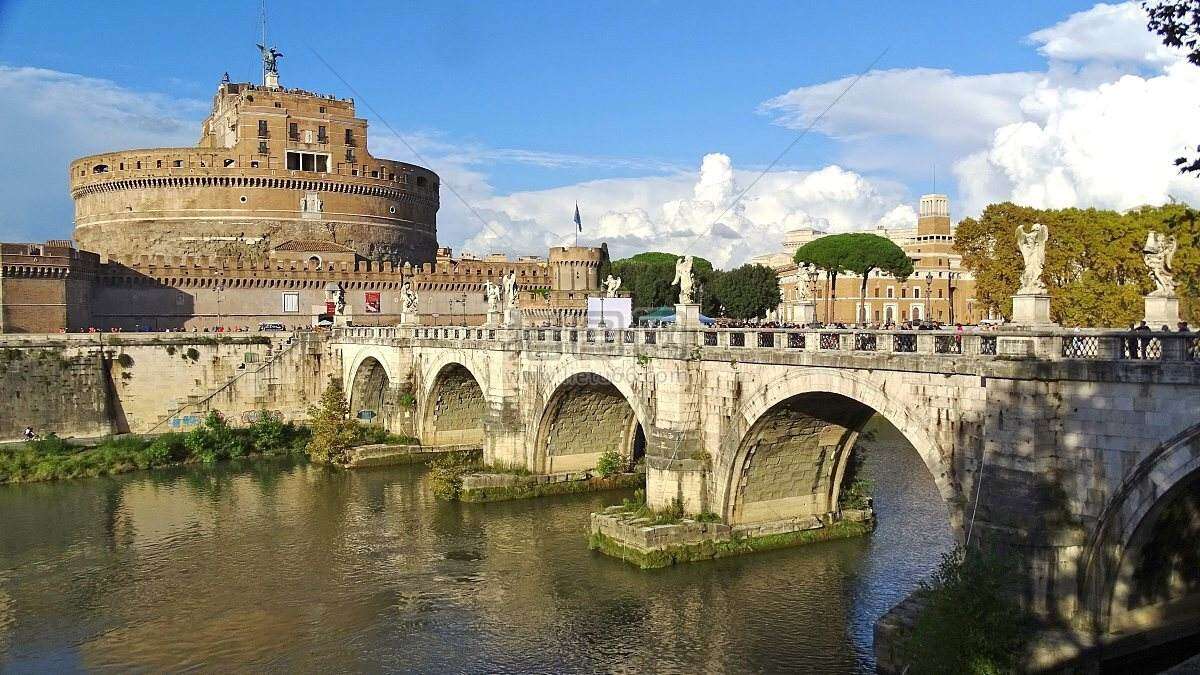
Although the construction of the canal is not the first of the Romans, this technology has been included in the Eastern civilization, including the Greek civilization, but the Romans are undoubtedly the perfect builder of the channel water. The Romans restored the Assyrian channel construction and applied the Assyrian civilization to all the facilities built for the Romans.
It can be said that the channel construction and management of ancient Rome is no different from the modern channel construction and management, because the modern channel construction technology basically comes from the construction project of ancient Rome.
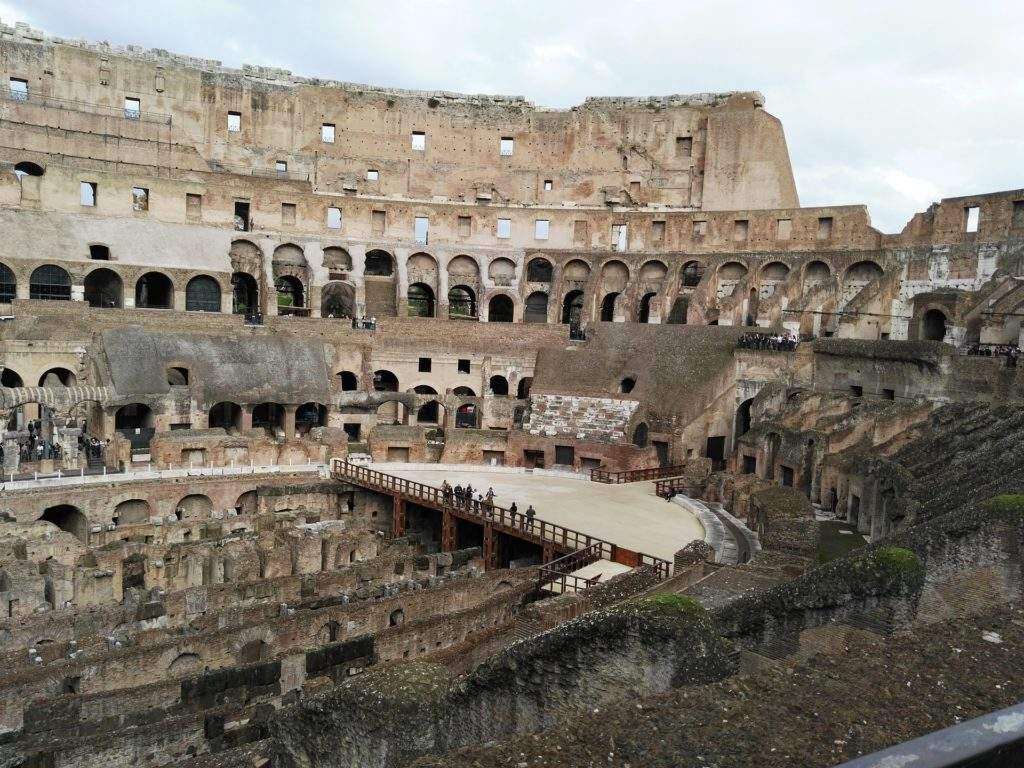
The construction of water transmission channels is first to find water sources. The groundwater from all directions penetrates into the arched reservoir, and the water channel is connected with the reservoir. The air enters the reservoir through the water surface, and the stored water is naturally drained through the open concrete channel. During the water transfer, the Romans also built a number of sturdy elevated canals, siphons, tunnels to avoid deep valleys and cliffs. Finally, the water in the canal is poured into the concrete made of concrete, and then purified and then passed through the canal to the sub-tank. There are many compartments in the pool to separate the water.
The water separation system mainly flows the water in the reservoir or the water in the water channel to the end user. The water separation system in Rome is to divert water from the water source to the city. When water is supplied, the amount of water supplied exceeds the actual demand. One is to ensure the pressure of the water flow; the other is to flush the street. Most of the water delivery channels are constructed of sand and gravel.
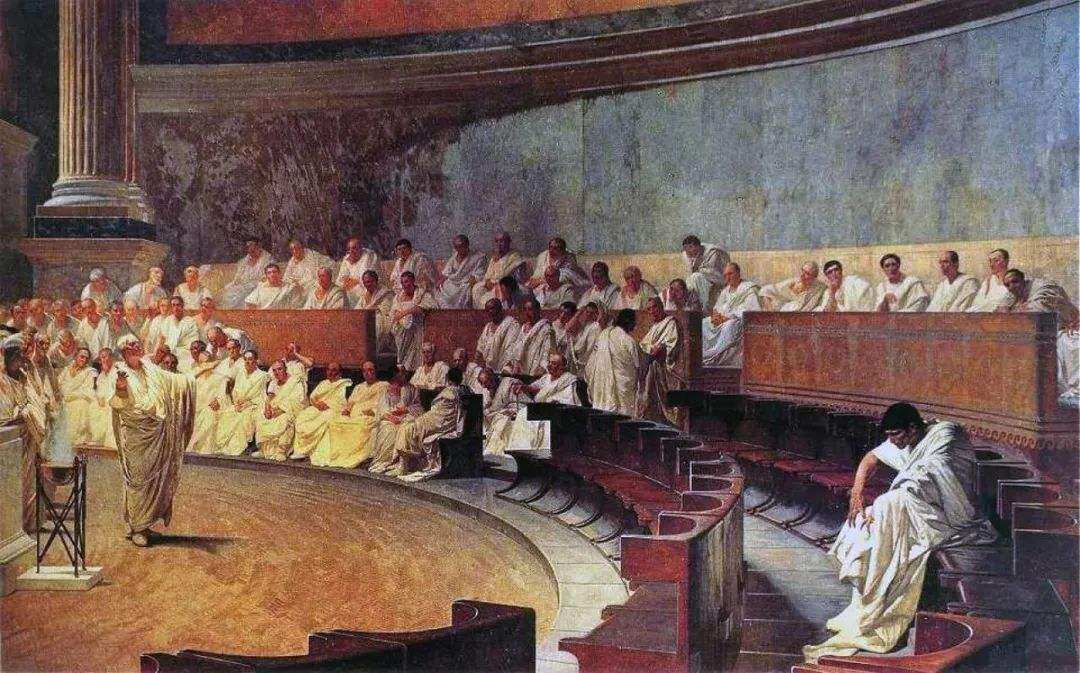
The canal is paved with lime, clay, and bricks as it passes through the loose rocky ground. It is laid with square stones through the soft sections. The canals have different cross-shaped designs, but most of them are rectangular (commonly known as three-sided grooves), which are covered with strips or triangular slabs. After entering the residential area, the water supply between the castles is connected by lead or copper pipes. Under sufficient water pressure, the continuous water flow can be ensured. The incomplete water of each castle can be returned to the main canal through the channel. According to the regulations, people in the castle can only use the water from the channel, and it is not allowed to take water directly from the ditch. The detailed channel management system ensures the stability of the water supply.
The study of the ancient city of Pompeii provides an excellent example of a clear understanding of the ancient Roman city water system. Starting from the reservoir, there are three water diversion channels that channel water into the water towers in different parts of the city, and then transport them to a 6-meter-high sand structure pool that is cast by lead. The pool is often built at a crossroads, with residents in residential areas. connection. Of course, the water tower also supplies water to the public fountain.
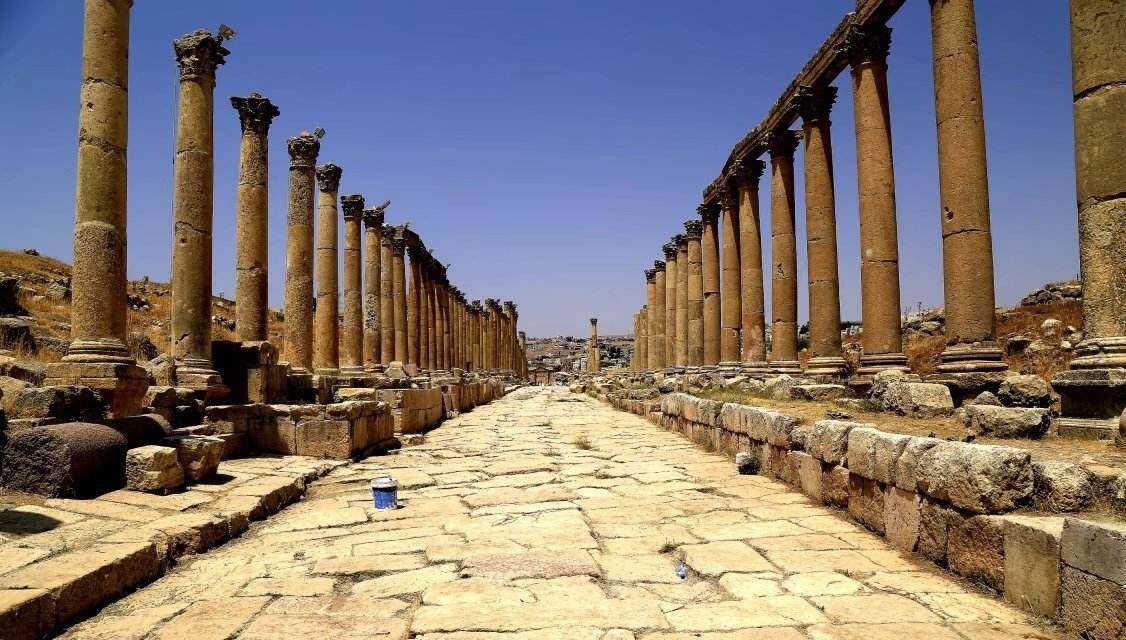
The easiest part of the Pompeii pool is that the fountain water is constantly falling inside the oval-shaped stone basin so that the water in the stone basin is always full. The drainage system of Pompeii is also famous. Even when Vesuvius erupted, the drainage function of Pompeii Square was still working alone. The streets of Pompeii are actually an open channel that drains the water, rain and sewage from the fountain. Editor / Zhao Jing
Comment
 Praise
Praise
 Collect
Collect
 Comment
Comment
 Search
Search





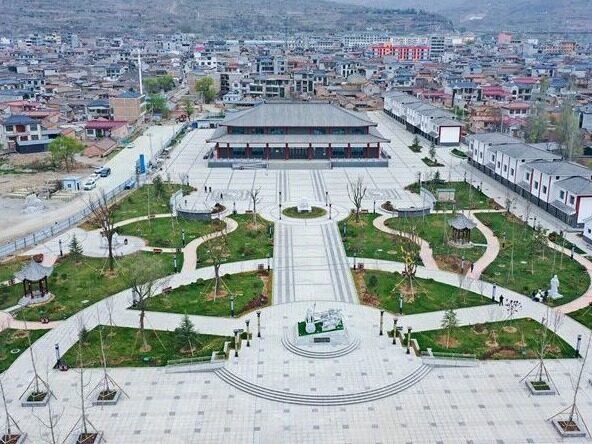

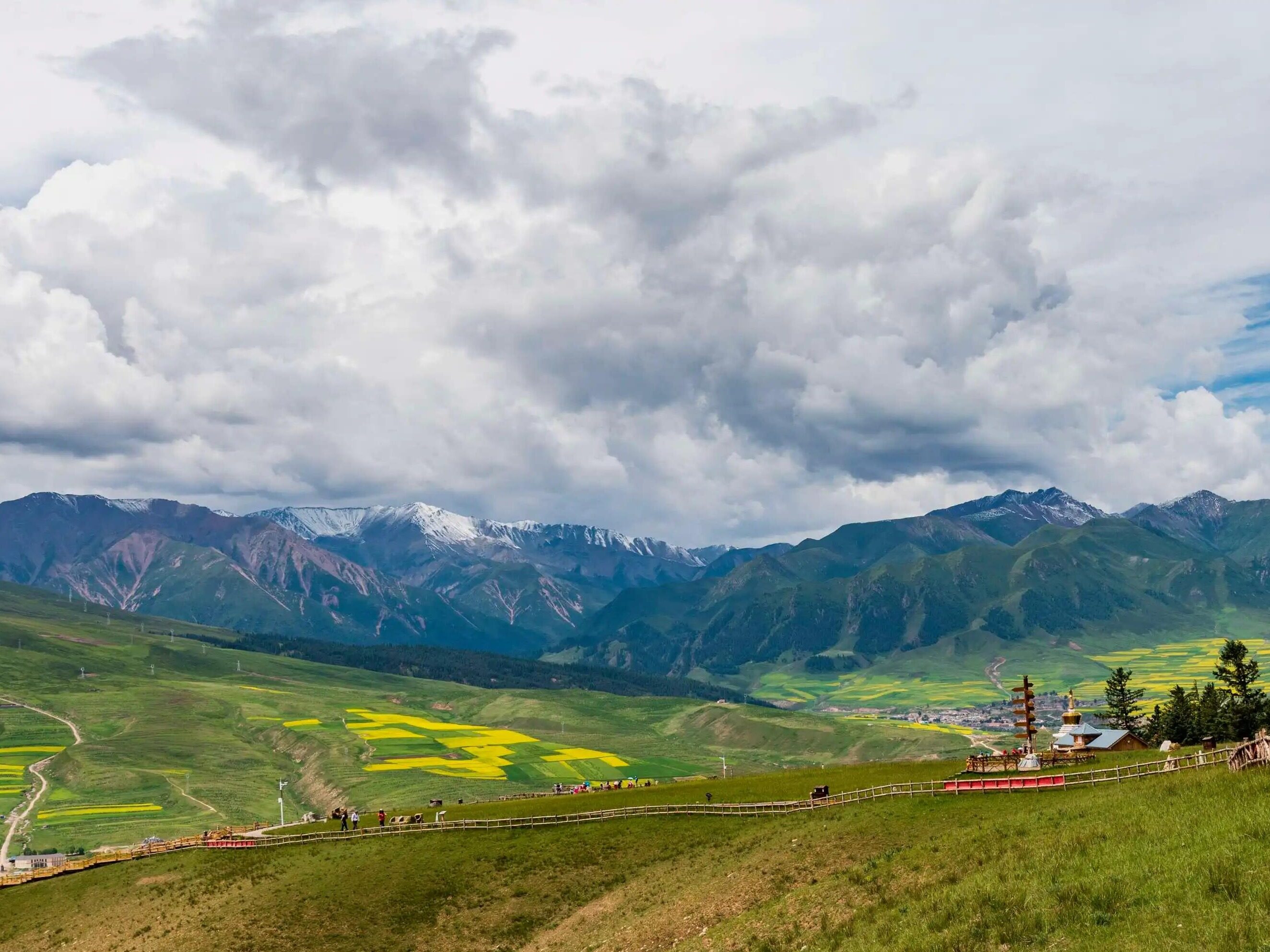






Write something~